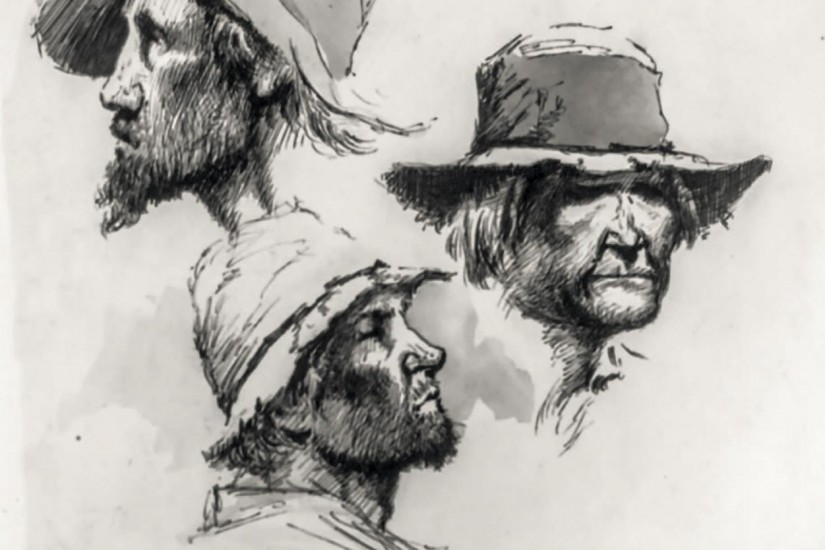Keri Leigh Merritt’s Masterless Men: Poor Whites and Slavery in the Antebellum South is part of an increasingly vibrant discussion of capitalism’s relationship to slavery that goes beyond whether capitalism and slavery were like oil and water. Merritt instead argues that in the mid-nineteenth-century American republic, varieties of capitalism grew in dynamic tension with one another. Masterless Men enters that debate from the unlikely angle of poor white southerners. “During the antebellum period,” Merritt argues, slave-made extremes of wealth created a society in which “very few poor whites could ever hope to rise above the economic class into which they were born” (338). They knew it and resented the realities that kept them down.
The heart of the argument is that enslavers’ political economy offered poor whites so little and demanded so much that they were always a volatile class. In 1857, North Carolinian Hinton Rowan Helper called their plight “the second degree of slavery” (2). Taking Helper’s analysis as a point of departure, Merritt joins a handful of distinguished scholars such as Charles Bolton, Jeff Forret, and Victoria Bynum in reinterpreting the importance of poor southern whites. She contends that enslaver capitalism, or what she terms “merchant capitalism,” utterly failed the masses of white southerners—between 30 and 50 percent of the population—who owned no land and no bondspersons (24). Recent scholarship has established the fact that “the Old South was, in fact, fully capitalist,” although the South’s distinctive brand of capitalism accented enslavers’ investments in slave labor camps and the human property who turned seeds into bales of cotton and barrels of molasses (22).
Merritt makes a subtle argument—granting to practitioners of the new history of capitalism such as Edward E. Baptist, Sven Beckert, Daina Ramey Berry, Walter Johnson, Seth Rockman, and Joshua D. Rothman—that enslavers were hell-bent on generating returns on investments, and in the process distorting every part of their society to fit their image of that future. Enslaver capitalism predominated.
But a sizeable proportion of the overall population existed outside of that ruthless strategy. In sight of slave labor camps, juggernauts of “war capitalism,” to use Beckert’s categorization, poor whites “were in competition with brutalized, enslaved labor, [in which] the laborers, whether free or not, had little to no control over their labor power” (23). That is Masterless Men’s key distinction, taking a Marxian understanding of capitalist labor relations and arguing that the forces of unfree labor arrested poor white laborers’ freedom.
